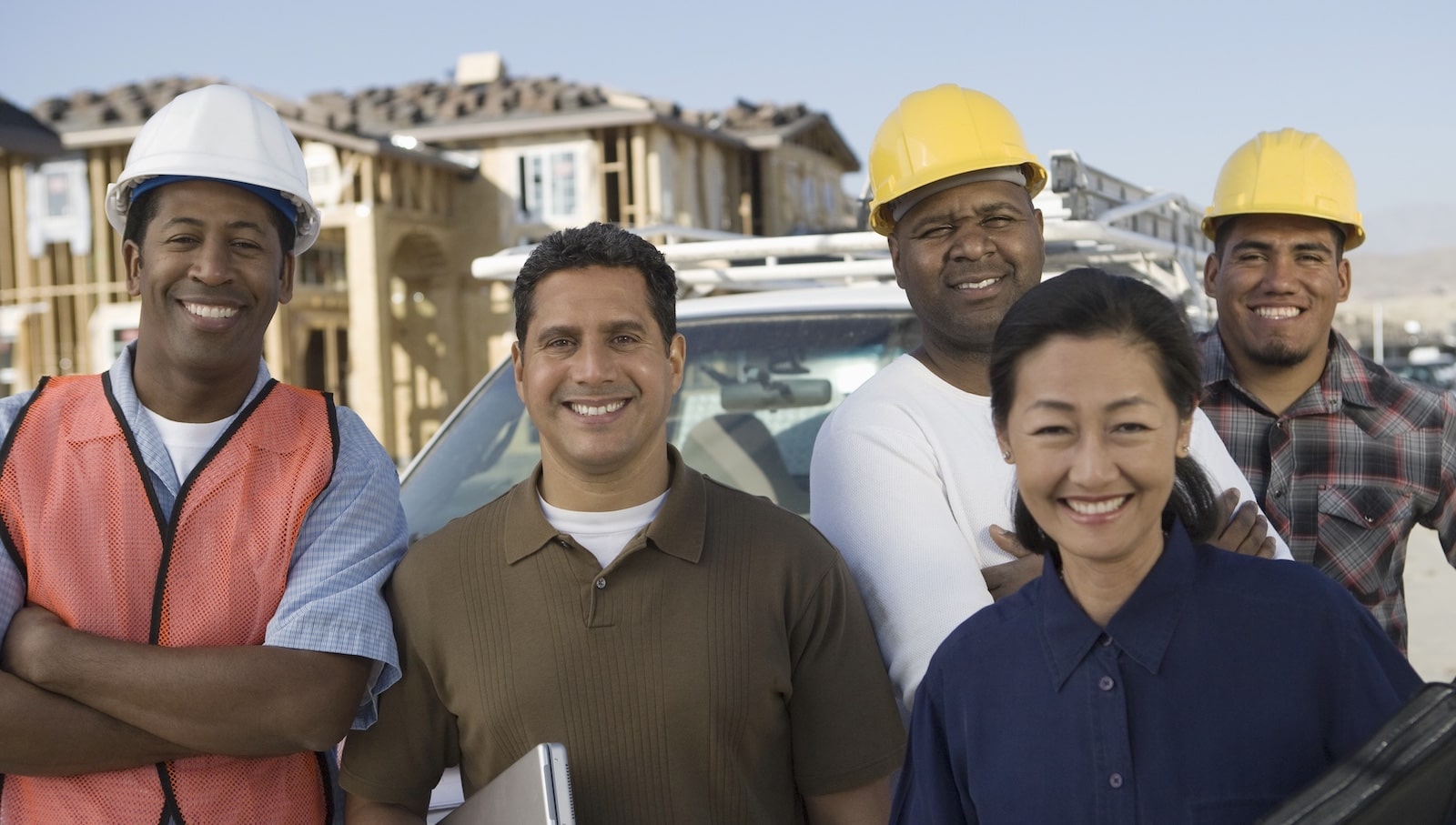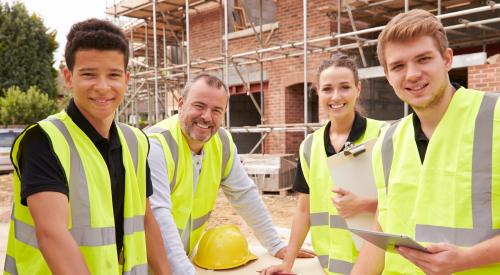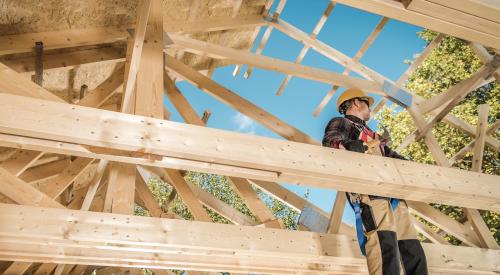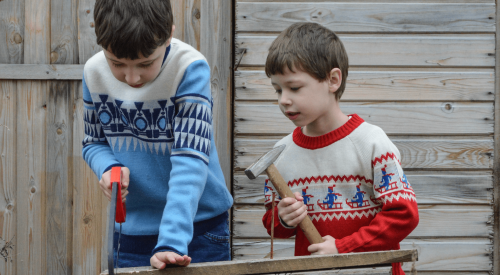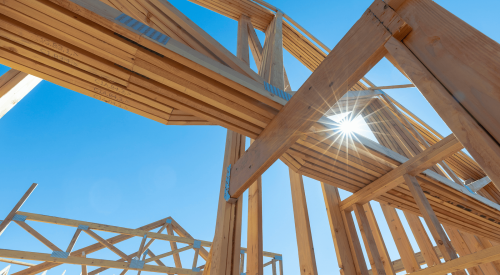The home building industry is a diverse mix of professionals—builders, developers, remodelers, carpenters, plumbers, electricians, masons; the list is extensive. However, the demographics of our industry closely match the homogenous makeup of many other American industry groups. We have the opportunity to cultivate a culture that both welcomes and provides a future for those who have typically been excluded, to help them achieve the American Dream.
The National Association of Home Builders (NAHB) recognizes that in order to reflect the diverse communities in which we live and work, we need to use our influence and create pathways for more individuals from different backgrounds and demographics to enter the building trades.
RELATED
- Diversity, Workforce Development, and Repairing the Community With Construction [VIDEO]
- How to Hire Reentering Citizens
- Building the Pipeline for Next-Gen Skilled Labor
- Construction Industry Offers Many Opportunities for Women
Taking Concrete Steps Toward Diversity, Equity, and Inclusion
In 2020, NAHB created a Diversity, Equity, and Inclusion (DEI) task force to review and establish best practices and develop policies that better reach communities that have historically been excluded from the trades.
The goal: to improve the culture of our association—and, in turn, our industry—by ensuring a welcoming environment where every person can thrive and enjoy a successful and rewarding career. By doing so, NAHB hopes to encourage and inspire previously underrepresented categories of workers, such as women, minorities, and young people, regardless of gender identity, sexual orientation, or socioeconomic status.
There are currently hundreds of thousands of open jobs in the trades, with more than a million unfilled jobs expected by 2023. It is our hope that by spreading and amplifying the message and educating more Americans about the benefits of our industry, we can help more marginalized populations find their fit in the skilled trades.
Presently, the makeup of the residential construction workforce is predominantly white males. Nearly 89% of workers in our industry are white; just 6% are black or African American. In addition, only 10% of the residential construction workforce is made up of women, with just 3% of those in skilled trades like plumbing and carpentry. These are well-paying jobs, and women in construction are paid nearly equal to what men earn, compared with other industries, where women earn 80 cents on the dollar compared to men.
Encouraging Young People to Pursue Careers in Residential Construction
Recent NAHB analysis shows the average age of workers in construction is 41—about the same as a typical worker in the national labor force. To help increase the number of young people joining the building trades, NAHB’s student chapter programming through the Home Builders Institute, NAHB’s educational arm, targets high school and college students with resources, scholarships, and career training. Further resources come from the Professional Women in Building Council and many other groups equally dedicated to seeing the home building sphere diversify.
This year we’ve taken the charge even more seriously, creating tools that engage our members, help support the mission of diversity and inclusion, and help us work toward long-term improvement of DEI within NAHB at the local, state, and national levels.
Now it’s time for you—our industry partners—to join the effort.
NAHB’s Diversity, Equity, and Inclusion Compact: 5 Guiding Principles
The NAHB Compact on Diversity, Equity, and Inclusion is a declaration of principles and actions designed to enhance equal opportunity for every home builder and homebuyer. This simple document expresses association values as they relate to NAHB’s DEI initiatives and is based on five guiding principles.
1. Welcoming Frank and Honest Discussion — We acknowledge that the first step toward improving diversity, equity, and inclusion begins with appropriate discussion.
2. Having a Listening Heart — We understand that listening with your heart to experiences and context will develop empathy and knowledge.
3. Committing to Engagement — We commit to a higher level of individual engagement that stretches capacities and individual experiences.
4. Taking Action — We understand that words do not create progress and that only specific and determined action, on everyone’s part, will create the necessary changes.
5. Creating a Movement, Not a Moment — We unite our strength to achieve a common goal of creating a new level of diversity, equity, and inclusion that changes the human experience now and in the future.
Diversity, equity, and inclusion are not just buzzwords. Embracing each attribute will help our industry to be more understanding, accepting, and appreciative of differences between people. It also is essential for our industry’s future success.
I encourage every home building professional to demonstrate their commitment to these principles by reviewing and signing the NAHB DEI Compact.
Help us “Build the Future Through Diversity, Equity, and Inclusion.”
Visit nahb.org/dei to learn more.
W2W4
- The weekly Housing Developments podcast offers news from Capitol Hill and economic analyses from NAHB CEO Jerry Howard and Chief Lobbyist Jim Tobin.
- NAHB is working hard to help members navigate the lumber-price problem and other supply chain challenges. A wide range of resources, including webinars available for replay, can help industry professionals learn key strategies for this evolving market. More information is available here.
